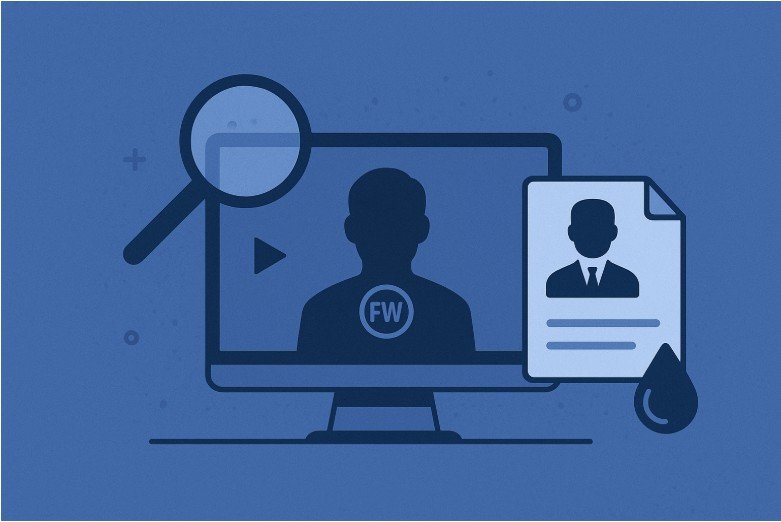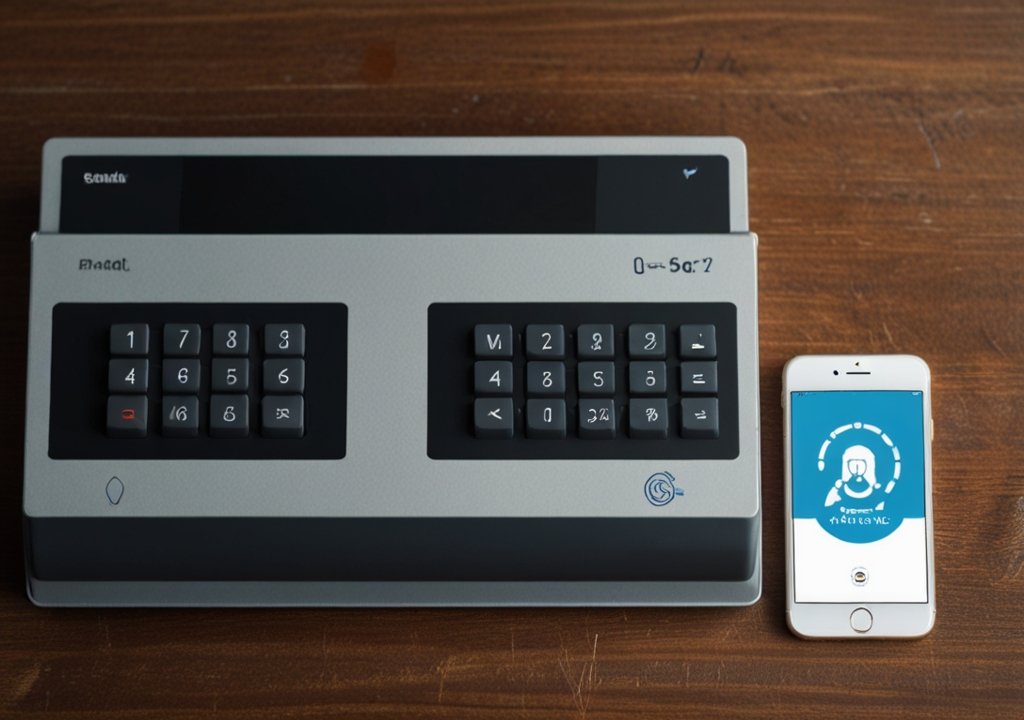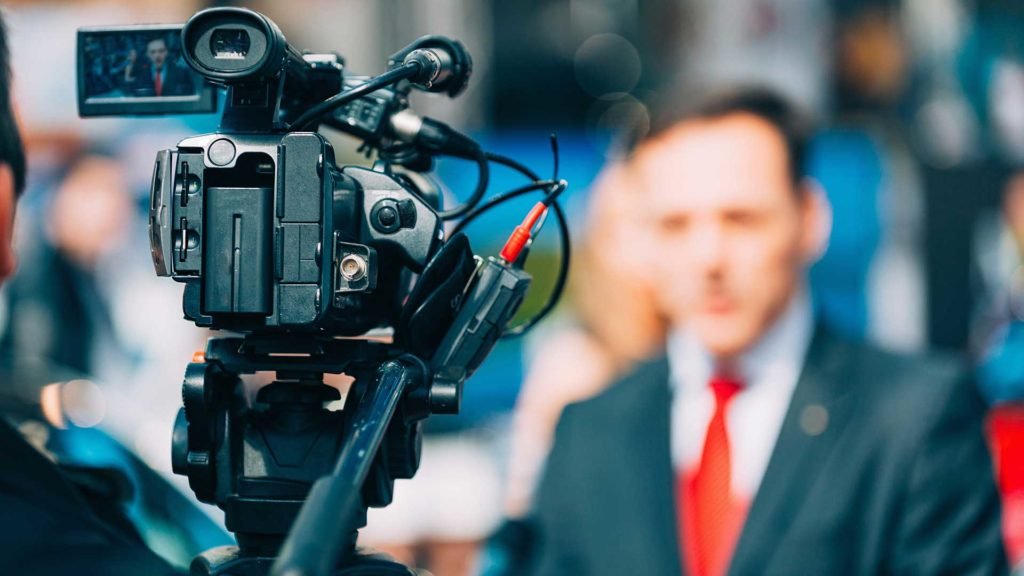As digital video consumption continues to surge, so does the threat of content piracy. Whether it’s a leaked movie before its release, a pirated online course, or an unauthorized live stream of a sporting event, piracy drains creators of their rightful revenue and undermines the effort that goes into producing high-quality content.
But content protection is evolving too. Among the most powerful tools used today is forensic watermarking—a technology that works silently in the background to trace leaked content to its source. In this blog, we’ll break down what forensic watermarking is, how it works, and what creators and businesses can do to prevent piracy in practical and effective ways.
The Rising Need for Anti-Piracy Measures
Video content today is shared and streamed across mobile apps, smart TVs, browsers, and OTT platforms. But with accessibility comes risk. Even with DRM systems and encrypted streams, there’s always the danger of screen recording or internal leaks. In industries like education, entertainment, and corporate training, protecting content from piracy isn’t just about loss prevention—it’s about survival.
Traditional methods like copyright takedown notices or geo-blocking aren’t enough anymore. Piracy has become faster, more automated, and harder to detect. That’s why modern anti-piracy now focuses not just on blocking access but also on identifying the leaker. And that’s where forensic watermarking comes in.
What Is Forensic Watermarking?
Forensic watermarking is a security technique that embeds invisible, unique identifiers into video content. These identifiers—also called forensic watermarks—are tied to a specific user session. If a leak occurs, the watermark remains embedded in the copied content and can be extracted later to trace the source of the piracy.
Unlike visible overlays or logos, forensic watermarks are imperceptible to the human eye and ear. They do not interfere with the viewing experience, yet they persist through re-encoding, screen recording, and compression. This makes them highly effective for investigative and legal follow-ups.
Here’s how it typically works:
- When a user streams or downloads a video, a unique watermark is embedded in real-time.
- If that user leaks or redistributes the video, the watermark remains intact.
- Upon discovery, the watermark is extracted from the pirated copy and matched to the original user session.
- This allows content owners to identify the precise account or device responsible for the leak.
Key Features of Forensic Watermarking
- Session-Based: Every playback session gets a different watermark.
- Imperceptible: The watermark does not affect visual or audio quality.
- Tamper-Resistant: Survives screen capture, compression, format changes.
- Deterrent Effect: Users are less likely to share illegally if they know their sessions are trackable.
- Scalable: Can be applied across millions of concurrent sessions without slowing down performance.
How to Prevent Piracy Beyond Watermarking
While forensic watermarking is a powerful line of defense, it works best as part of a multi-layered anti-piracy strategy. Here are other essential practices to keep your video content safe:
1. Use DRM (Digital Rights Management)
DRM restricts how videos can be played and prevents download or screen capture through platform-level security. It ensures that only authorized users can view the content.
2. Token-Based Access
Serve videos only through session-specific, expiring tokens that prevent direct URL access or sharing. Tokens can be bound to IPs, geolocation, or time limits for added control.
3. Dynamic Watermarking
Overlay user information (like email, IP, or user ID) on the screen during playback. This acts as a visible deterrent and reduces the chances of screen recording or redistribution.
4. Limit Concurrent Streams
Restrict the number of devices or browsers that can play content simultaneously from the same account. This limits account sharing and reduces misuse.
5. Monitor and Analyze Playback
Use video analytics to track suspicious behavior like excessive pausing, strange geolocation changes, or screen resizing. These may indicate piracy attempts or unauthorized access.
6. Takedown Services
Deploy automated tools to scan the web, torrents, or social media platforms for pirated copies of your content and issue takedown notices.
7. Legal Enforcement
When forensic watermarking identifies the pirate, legal steps can be initiated with clear evidence. The threat of legal action alone can act as a strong deterrent.
Why Every Serious Creator Should Consider It
Whether you’re a solo educator, a small training academy, or a full-fledged OTT provider, forensic watermarking helps protect the intellectual value of your work. It’s especially crucial for premium or time-sensitive content—like exam preparation videos, film releases, and subscription-based learning materials.
In the long run, piracy not only costs revenue but can also damage your brand reputation. Content leaks signal weak security and may dissuade new users from trusting your platform.
READ ALSO: Spanish D 94 Decoded: The 2024 Viral Mystery Rewriting Internet Culture











